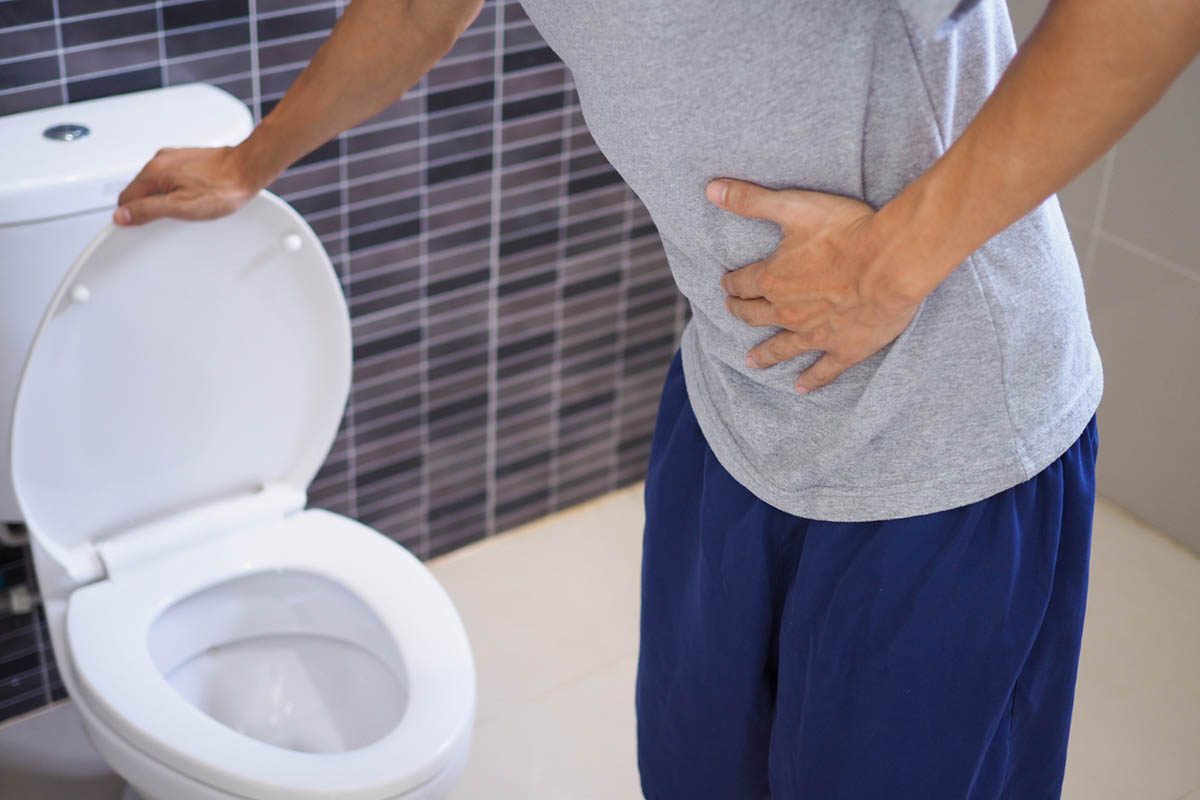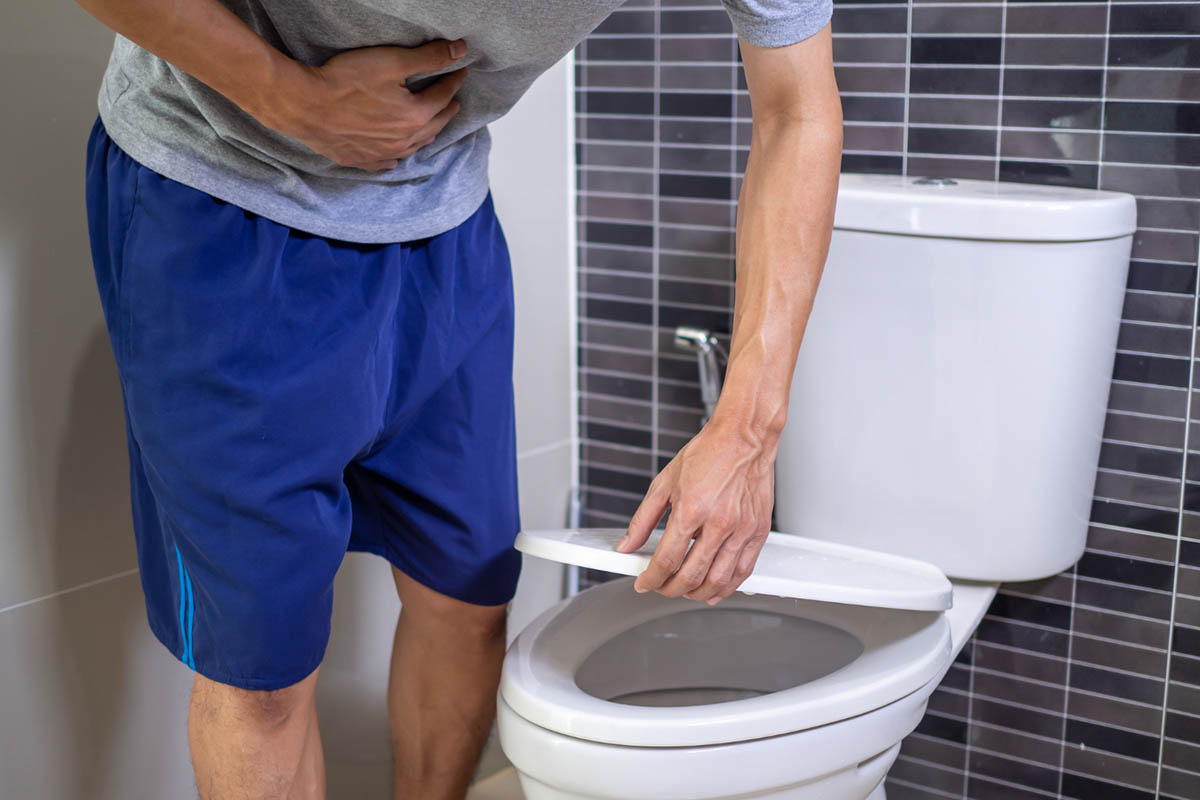Introduction
Digestive health is a crucial aspect of our overall well-being, yet it’s often overlooked until issues arise. At Mitchell Holistic Health, we encourage our clients to be proactive about their digestive health. This blog will look into what your poop says about your health and how you can use tools like the Bristol Stool Chart for a quick self-assessment. Understanding these signs can help you maintain not only your gut health but your overall vitality.
Understanding Digestive Health
The digestive system is instrumental in processing the food we consume, extracting nutrients, and eliminating waste. Ignoring its health can lead to a range of uncomfortable conditions such as bloating, gas, constipation, and diarrhea. Regularly monitoring the appearance and frequency of your bowel movements can provide insights into your digestive health.
For those concerned about their gut health, a poop test for gut health might be recommended. These tests can provide valuable information about your digestion and the presence of any potential medical conditions.
Overview of the Bristol Stool Chart
The Bristol Stool Chart is a widely used tool to classify human stool into seven types of stools, each indicating different conditions of the digestive system:
Type 1: Hard lumps, like nuts, difficult to pass
These stools are small, hard, and dry, resembling nuts or animal droppings. They can be painful to pass and often indicate constipation. This type suggests that the stool has remained in the colon for an extended period, causing it to lose much of its water content. It may be a sign that you need to increase your fiber and fluid intake to help ease bowel movements.
Type 2: Sausage-shaped but lumpy
Similar to Type 1, this form also signals constipation but to a slightly lesser degree. The lumpy nature indicates that the stool is not as hard as Type 1 but still lacks moisture. These stools can still be difficult to pass and may require more dietary fiber and fluids to improve consistency and ease of passage.
Type 3: Sausage-like with cracks on the surface
This type of stool is closer to what many consider a “normal” stool, though it is somewhat on the dry side. The cracks on its surface indicate that it has been processed slowly through the colon but not as slowly as Types 1 and 2. Increasing water intake and possibly fiber could help smooth out the surface.
Type 4: Sausage or snake-like, smooth and soft
This is considered the gold standard of healthy stools. It is smooth, soft, and easy to pass without being watery. The optimal form suggests a good balance of dietary fiber, fluid intake, and efficient digestion, indicating a well-functioning digestive system.
Type 5: Soft blobs with clear-cut edges, passed easily
These are soft and easy to pass, indicating a relatively high rate of bowel movements—possibly more than three times a day. While generally considered normal, particularly for those who have a diet high in fiber, if they occur too frequently, they may signal an overly rapid transit through the colon or insufficient absorption of nutrients.
Type 6: Fluffy pieces with ragged edges, mushy consistency
This type indicates a mild form of diarrhea. It suggests that the stool has passed through the gastrointestinal tract quickly, preventing the colon from absorbing its usual amount of water. The ragged edges indicate that the stool is breaking apart quickly and could be related to minor digestive upset or stress.
Type 7: Watery, no solid pieces, pointing to severe diarrhea
This is the most liquid form of stool and is entirely devoid of solid pieces. It indicates a severe case of diarrhea, where the stool has moved through the intestines very rapidly, so rapidly that virtually no water has been absorbed. This type of diarrhea could be due to an infection, intolerance, poisoning, or a condition like inflammatory bowel disease. It is critical to address severe diarrhea with a healthcare provider as it can lead to dehydration.
Each of these types provides valuable insights into an individual’s digestive health and can help identify potential health issues or areas for dietary adjustments.
What Your Stool Can Tell You About Your Health

Each type of stool on the Bristol Stool Chart provides clues about your body’s digestive health:
- Types 1 and 2: These are clear indicators of constipation, possibly due to a diet low in fiber or insufficient fluid intake. Chronic constipation can lead to various health issues, including hemorrhoids and digestive distress.
- Types 3 and 4: Regarded as the most desirable, these stools suggest a well-balanced diet and good digestive health.
- Types 5 through 7: These types often suggest an increased transit time in the digestive tract and can be associated with an upset stomach, infections, or irritable bowel syndrome.
Stool color variations can also indicate health issues:
- Green stool can be caused by eating lots of leafy vegetables or taking iron supplements.
- Yellow stool might indicate a lack of bile or a problem with the bile duct.
- Black stool or dark stool can be a sign of gastrointestinal bleeding from conditions like colorectal cancer or upper gastrointestinal bleeding.
- Pale stool or white stools can be a sign of malabsorption or issues in the bile duct, indicating serious health concerns.
Just a heads up: Everything we’ve talked about here with stool types and what they might mean for your health is just for general knowledge. Remember, everyone’s different, and changes in your poop can be due to lots of normal things like what you ate or how active you are. But if you’re ever worried or something doesn’t feel right, it’s always a good idea to chat with your doctor or a healthcare provider or reach out to us here at Mitchell Holistic Health!
Self-Assessment Guide Using the Bristol Stool Chart
Understanding what’s normal and what’s not in terms of your bowel movements can be a great way to keep tabs on your health. Here’s a step-by-step guide to using the Bristol Stool Chart for self-assessment:
Step 1: Track Your Stool
Keep a diary for a few days, noting the type of stool each time you go. You can make this easier by keeping a printed chart in the bathroom or using a digital app designed for health tracking. This step is all about observation without making any changes to your diet or lifestyle just yet.
Step 2: Compare and Contrast
Once you’ve gathered a few days’ worth of data, it’s time to analyze. Compare your entries to the Bristol Stool Chart. Which type shows up most frequently? This pattern will give you the clearest insight into your regular digestive functioning.
Step 3: Reflect on Your Findings
Now, think about what your most common stool type might be indicating. Are you seeing lots of lumpy type 1s? Or maybe the more watery type 7s? How do you feel overall? Tired? Bloated? Great? Taking note of other symptoms can help connect the dots between your stool type and your general health.
Step 4: Act on Your Analysis
If you find that you’re consistently seeing types at either end of the spectrum (1, 2, 6, 7), it might be time to consult with a healthcare provider. These types can indicate underlying health issues like dehydration, dietary imbalances, or more serious digestive problems.
For Families: Monitoring Children’s Health
For parents, keeping an eye on your child’s poop can be crucial for catching health issues early. The pediatric version of the Bristol Stool Chart is tailored to help you understand what’s normal and what’s not for younger ones. Regular checks can help you decide when it might be time to visit a pediatrician, especially if there are noticeable or sudden changes in bowel movements.
Partner with Mitchell Holistic Health for Personalized Care
At Mitchell Holistic Health, we emphasize that while the Bristol Stool Chart is a helpful tool for monitoring your digestive health, it’s not a substitute for professional medical advice. Should you notice any concerning signs in your self-assessment, our team is ready to support you with comprehensive evaluations and personalized care plans tailored to your unique health needs. We’re here to offer further testing, detailed analyses, and expert guidance to ensure your health concerns are addressed with precision and understanding.
Lifestyle Tips for Healthy Digestion
Improving your digestive health can be achieved through several holistic practices:
- Increase fiber intake by incorporating more fruits, vegetables, and whole grains into your diet. Focusing on fiber-rich foods and high-fiber foods like leafy greens and green veggies can enhance the health of your gastrointestinal tract and promote healthy poops.
- Stay hydrated by drinking plenty of water throughout the day, which helps the body extract nutrients from food and can improve the frequency of bowel movements.
- Maintain regular physical activity to help stimulate intestinal function, which is vital for colon health and managing the consistency and health of your stool.
- Manage stress, which can significantly impact your digestive system, potentially leading to gastrointestinal infections and other health conditions.
Conclusion
Paying attention to what your poop says about your health is an important step towards maintaining not only digestive wellness but your overall health. Observing the types of poop, including their color and texture, can offer insights into normal poop and normal poop color, which are good indicators of bowel health. The Bristol Stool Chart provides a practical way to monitor your gut health.
If your self-assessment results are concerning, indicating potential underlying conditions or food intolerances, don’t hesitate to reach out to your primary care provider or a health care provider at Mitchell Holistic Health. We’re here to guide you toward the best stool tests for gut health and ensure that your digestive system supports your holistic health goals, even if you are just addressing a minor health issue.

